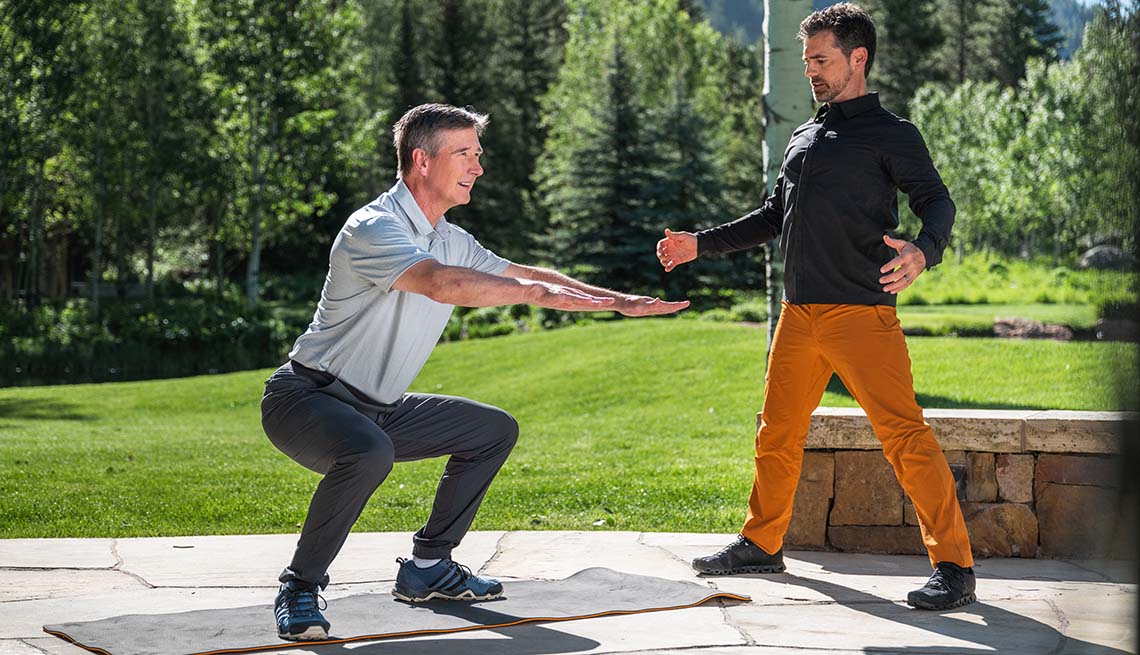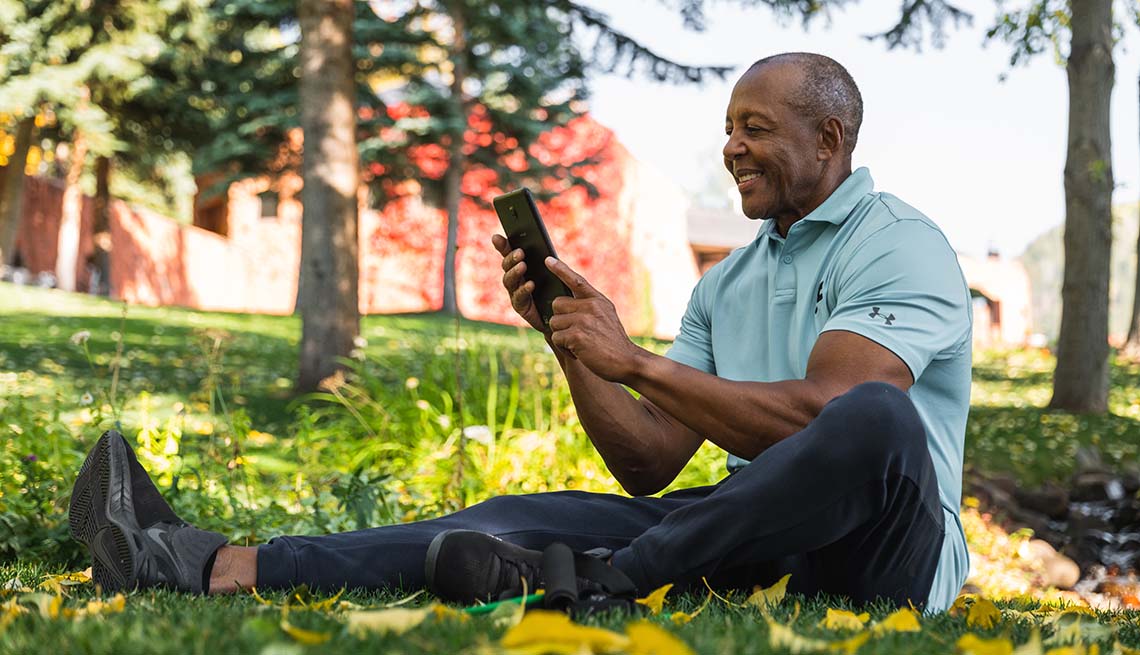3 Things You Can Do Today To Feel Younger as You Age
You CAN move better than you did 10 years ago
At every stage of life, exercise is key to health, well-being, and vitality. However, the fitness regimen that worked for you a decade ago may not be the right one now. The ultimate goal for so many adults over 50 is to maintain a strong, pain-free body that lets you live your best, most active life. As you age, it’s essential to choose a fitness program that meets the needs of your changing body. Among those changes are a greater risk of injury, balance challenges, slower metabolism, and loss of muscle and bone mass.
An ideal regimen will increase muscle and bone mass, improve balance and coordination, and fit realistically with the body you have today. Keep the three guidelines below in mind as you plan your workouts and you just might find yourself moving and feeling better than you did ten years ago!
1. Exercise for the way your body moves in real life.
As you go through your day, you’re reaching for an item on a top grocery shelf, twisting to grab your seatbelt, squatting to pick something up, getting in and out of chairs, pushing through revolving doors, and perhaps swinging a golf club or racing after a tennis ball. In executing these actions you’re moving front to back, side to side, up and down, and in rotation. Life is a whole body exercise, so you need to prepare for it.
It’s essential to train your body in all these planes of motion that occur in everyday life. That’s especially true as you get older. Neglecting this kind of training can result in critical muscle groups and related joints breaking down. That, in turn, leads to ever decreasing mobility, an increasing likelihood of injury, and a shrinking range of motion.
A good exercise program for anyone over 50 will take a functional approach that trains your muscles and joints to work in concert, safely and effortlessly.
2. Focus on increasing mobility with whole body movement, not static stretching.
If you suffer from tightness in your shoulders, back, legs, hips, or neck, you might think the answer to your discomfort is stretching. In fact, stretching provides, at best, only short-term relief. That’s because holding a stretch passively is designed to only improve short-term flexibility. However, the real cause of chronic tightness is a lack of strength and tone in the muscles that surround a joint or joints. A far better solution than passive stretching is building strength and tone in the deficient muscle group and then actively putting the joint through its full range of motion.
These strength and mobility exercises lead to a body that can move more freely and without pain. For example, a tight back might be caused by a lack of strength in different parts of your core. It’s crucial that you strengthen all parts of your core – the abs, sides of your hips, and the muscles in your back – to support your spine and prevent pain. When done with proper form, exercises such as bird dogs, crunches and side planks accomplish this goal.
3. Balance: Use it, so you don’t lose it.
As we age our balance naturally begins to decline. This leads to a heightened risk of falls and fractures which can be largely avoided with training. Balance can actually improve with age, not only lowering the likelihood of falls and injury, but making it possible for you to sustain a high level of athleticism.
Good balance is a function of three systems in the body: vestibular (inner ear), visual, and proprioceptive (muscles and joints). All three systems are continually sending information to the brain about your body’s position and, in return, getting feedback on how to make any necessary posture adjustments to maintain balance. Exercises that train all three systems and take just minutes a day can improve balance dramatically in just a few short weeks.
Whether you’re doing everyday activities, like unloading heavy bags from the trunk of your car or pursuing the sports you love, you’re using multiple muscles – big and small. That’s why the top doctors and biomedical experts who designed FitForever – an at-home fitness program that offers customized, video-based plans – rejected the old technique of isolating and training muscles. Instead, FitForever embraces the Whole Body method of “training movement not muscles” with compound moves that feel great and will increase your range of motion, balance, agility, endurance, and stamina.





